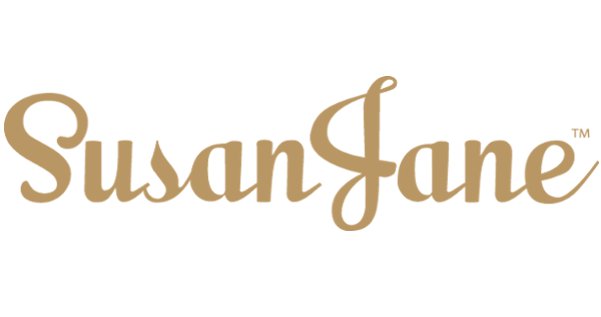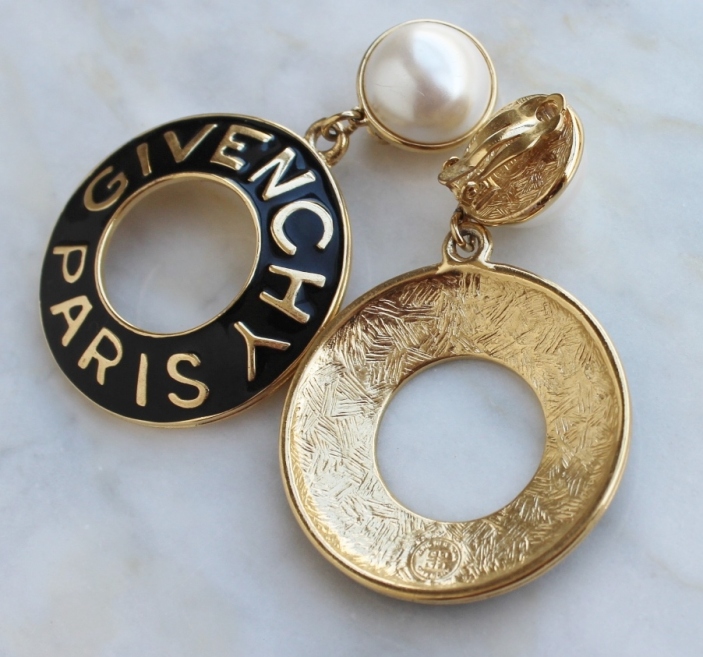Signed pieces of jewelry. How to read marks, signatures or cartouches
A question I get a lot is regarding “signed pieces”, or what does that mean when people say that a piece of jewelry is signed? Well, let me tell you that I was one of those people way back about 12 years ago. I was just starting to shop for vintage jewelry and was at the flea market in Alameda California (takes place on the first Sunday of every month) and I learned from a vendor that a signed piece means that it is marked with a signature denoting the maker, manufacturer or designer and usually increases the value and desirability of that piece. Just like fine art is signed, so is well made jewelry.
Here are my top tips for finding a signature on vintage jewelry. And it all starts with a loupe! This is the best way to read signatures and marks on jewelry!
1. Get a loupe. A loupe is a handy dandy magnifying glass that folds up whereby protecting the lens and being easy to carry along in your purse. These are really affordable and can easily be purchased for around $16 to $62 at on line stores such as JewelrySupply.com. With the loop, you can easily read a signature and get a close up look at the piece.
2. Sometimes marks are just initials. When this happens, either run through your mental “famous designer” files or use your smart phone and google those initials to see if you can shed any light on who the designer might be for that piece. I have been baffled for years on a few signatures, including the mark for Christian Lacroix! So, if a jewelry piece feels substantial, or reads Made In PARIS, seems of good quality and has a mark or signature, even if you don’t know it, it might be worth buying if the price is right!
3. Other marks to look for include an indication of a piece being 18k gold, 14k gold, GF for gold filled, etc. And other interesting hallmarks can also help you determine if you have a nice piece of jewelry. I have watched many episodes of Antiques Road show and been wowed by some of the incredible finds people have made at garage and estate sales. Often these pieces have no signature but have marks, hallmarks and indicators of gold or good quality. Again, this is where your loupe will help you read these marks.
4. Look at a piece from every angle to see if it is signed. Often times I look at a piece of jewelry, especially brooches, and I just can’t see any mark or signature. I have found that if I just keep turning a piece and making sure to look at it from every angle that I can find a signature. I found a fabulous brooch in Pasadena, California a few years ago that upon first glance I could not find a signature but I bought it anyway because I liked the 1960s floral motif and I could tell it was nicely weighted and well made. Turns out the piece was in fact signed and was shown as a very collectible piece in Carole Tanenbaum’s book Fabulous Fakes! Wow! I was really happy when I realized what I had bought!
5. After some experience reading and learning signatures and marks you will immediately know a mark when you see it. One good example of this is the Givenchy mark. Once you learn it, it is very distinctive and easily read with a loupe. This signature is shown in the photo above (earring on the right, bottom of the hoop: 4 letter G’s forming a square and reading PARIS NEW YORK on the top and GIVENCHY on the bottom) and while this might seem redundant on these earrings, you will always want to look for the mark to confirm authenticity. If you really like these GIVENCHY earrings they are for sale in the Susan Jane store here.



